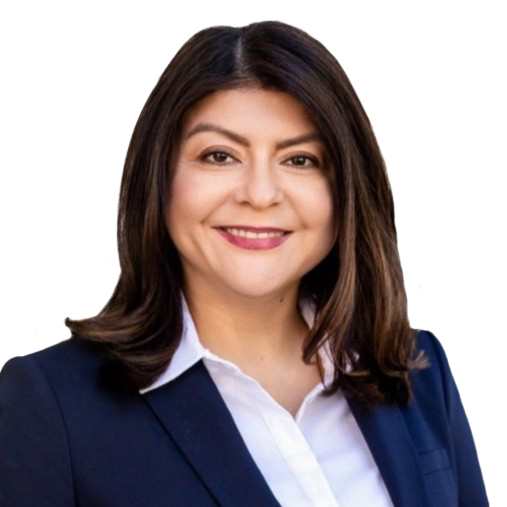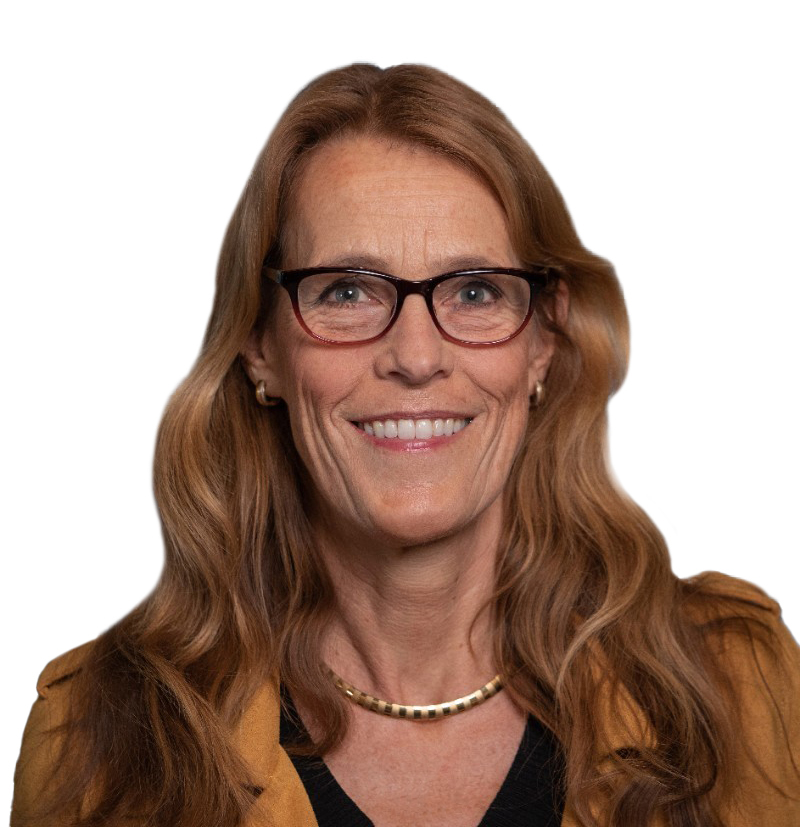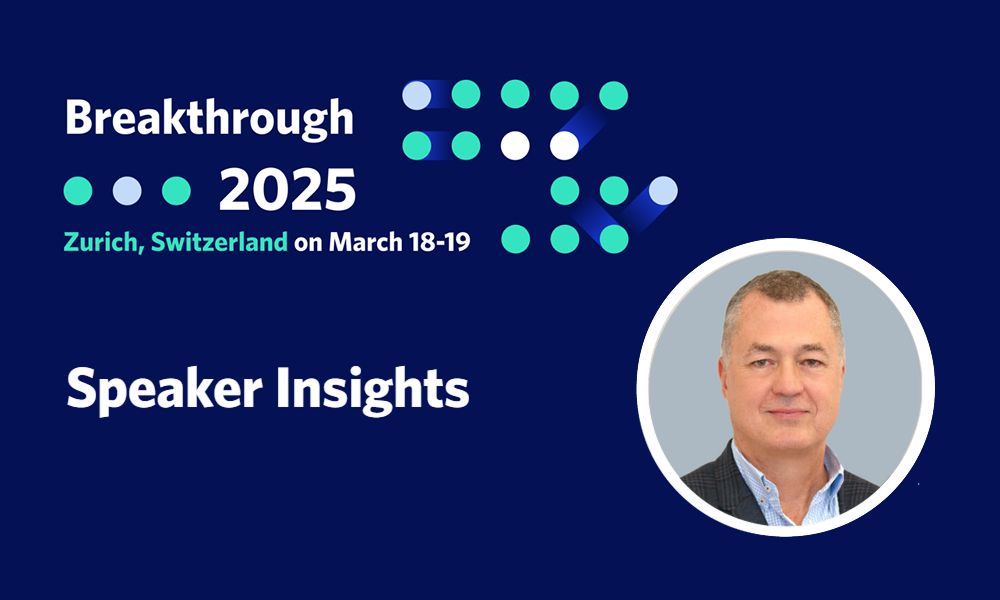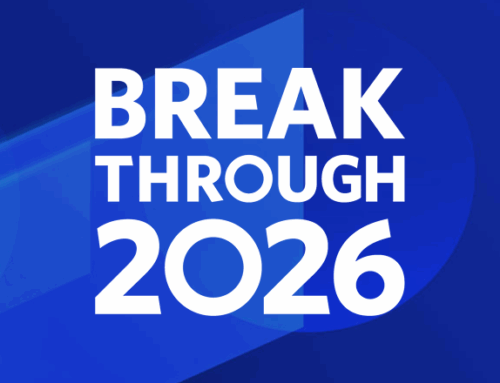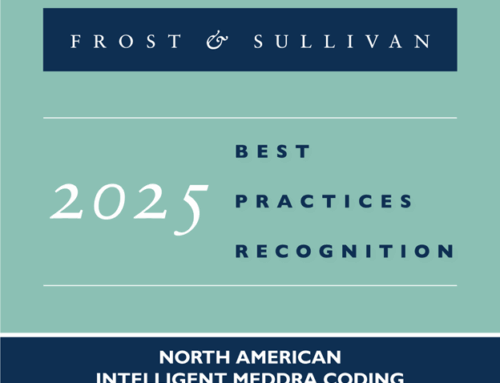From Planning to Launch: How to Implement a New Safety Database and Maximize ROI

Implementing a new safety database is no small feat. It is a complex journey filled with technical decisions, cross-functional coordination, and, most importantly, long-term vision. At Breakthrough in Zurich, Felix Arellano, Global Head of Drug Safety at Roche, shared a candid and inspiring account of Roche’s multi-year journey to launch their next-generation safety system: Voyager.
From lessons in leadership to navigating failed vendor partnerships, Felix’s story offers a roadmap for any life sciences organization looking to modernize its safety infrastructure—and truly maximize the return on such a significant investment.
A Vision Rooted in Growth and Urgency
Back in 2018, Roche faced a staggering forecast: by 2030, their safety case volume could reach one million annually. The team knew their legacy systems were unable to cost-efficiently scale to meet this demand. They needed a future-proof solution that would integrate fragmented tools, manage increasing workloads, and provide meaningful insights through automation and AI.
Despite the ambition behind their project, the road at first was difficult. Two initial vendor partnerships fell short of expectations, and the program was forced to take a hard step back in 2021. For Roche, failure wasn’t just a possibility — it was part of the process.
The Turnaround: Resetting and Rebuilding with the Right Partner
The pivot came when Roche re-evaluated its strategy and leaned into a partnership with ArisGlobal. This collaboration laid the foundation for Voyager, a platform that ultimately replaced 16 legacy systems and drastically improved operational efficiency – critically, without requiring an increase in safety headcount.
The focus went beyond compliance and case processing to building an ecosystem that could support advanced analytics, signal detection, and true patient centricity.
Three Key Pillars of Success
Felix emphasized three recurring themes that proved critical throughout the implementation.
1. Business, Not Technology, Should Drive the Strategy
Choosing the right technology is essential, but technology decisions need to stem from business needs. Roche learned early that these business needs had to lead the way, with IT acting in service of them.
The project also highlighted the ongoing challenge of data quality — something many organizations underestimate when planning to implement AI or automation – and how any technology needed to work seamlessly with the larger IT ecosystem.
2. Partnerships, Inside and Out
Beyond external vendors, Felix credited internal partnerships — especially between Safety and IT — as essential to overcoming challenges and keeping the project on course.
Having a single, aligned vision and collaborative mindset helped to unify disparate teams and keep priorities on track — even as the workload increased dramatically.
3. Leadership and Endurance
Leadership is not solely about executive sponsorship. Long-term programs like Voyager require persistence and consistency through organizational changes, budget pressures, and team fatigue.
One key takeaway was the human cost of implementation. Long hours, weekend work, and the strain on core team members revealed the need for better resource planning and greater buffer.
Cutover and Completion: A Weekend That Changed Everything
The final cutover to Voyager was completed over a single weekend, marking the transition from legacy chaos to streamlined efficiency. While Felix described arriving on Monday to find the system already up and running, he also acknowledged the massive behind-the-scenes effort it took to make that moment possible.
Lessons Learned: What Would Felix Do Differently?
Looking back, Felix shared some candid advice for others starting this journey:
- Build more buffer: Time, resources, and capacity were consistently underestimated.
- Prioritize people: Staff burnout was real and avoidable with better upfront planning.
- Anticipate the long haul: Projects like this will outlive the original sponsors, and maintaining momentum requires storytelling, stakeholder engagement, and resilience.
The ROI of Resilience
Today, Roche stands with a safety infrastructure ready for the future. They’ve achieved new levels of speed, insights, and compliance, all while keeping resources steady. Just as importantly, they have created a foundation on which to build more intelligent systems, stronger patient outcomes, and a more agile organization.
At ArisGlobal, we are proud to be part of this transformation—and we believe that Roche’s story is one that any life sciences company can learn from.
Want to learn more about how ArisGlobal is enabling safety transformation across the industry? Industry’s Leading Pharmacovigilance Platform | LifeSphere Safety

